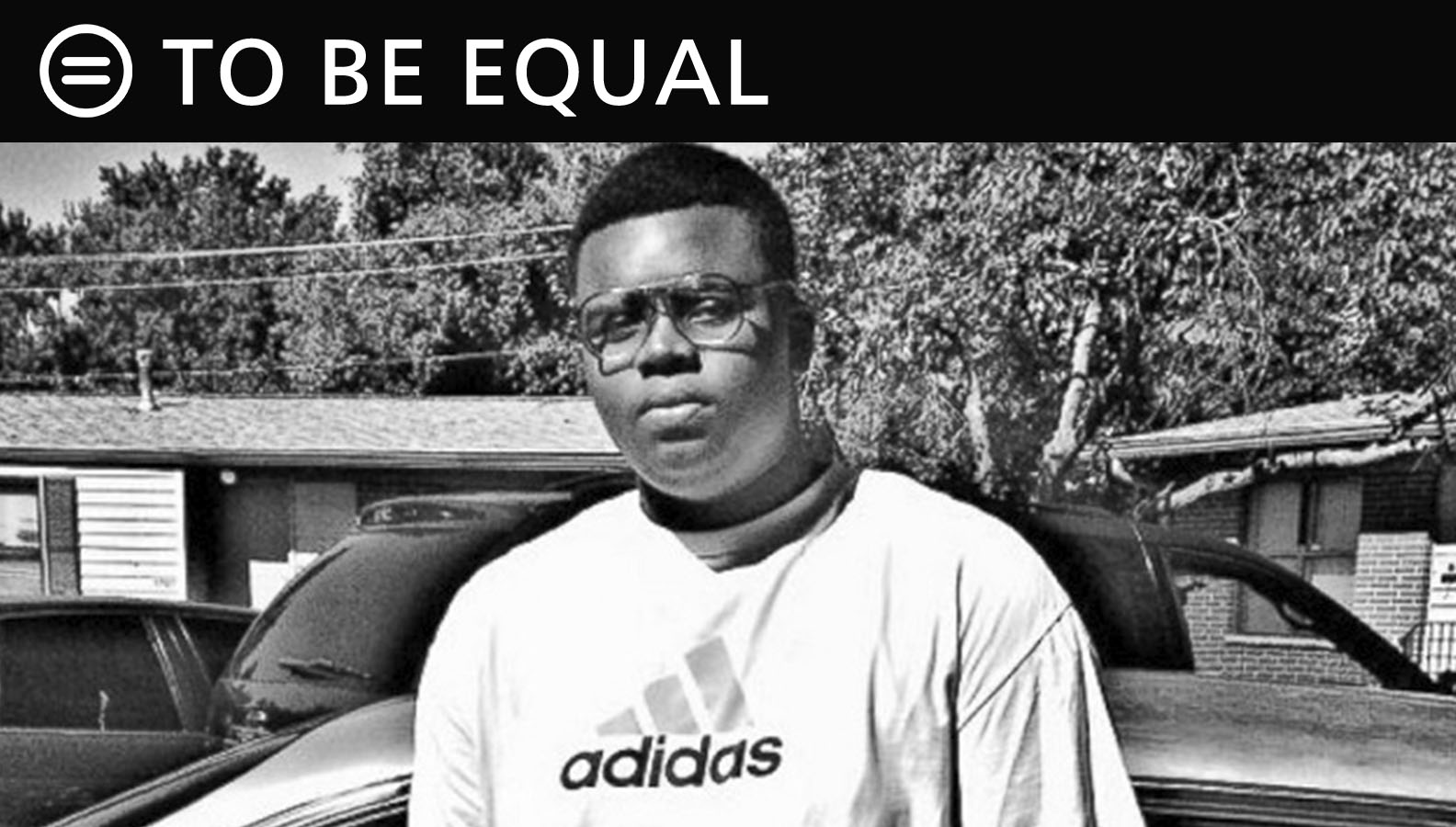Five Years After Michael Brown's Death: Despite Visible Progress, Racial Disparities Persist In Ferguson

Marc H. Morial
President and CEO
National Urban League
“The city’s personal-responsibility refrain … reflects many of the same racial stereotypes found in the emails between police and court supervisors. This evidence of bias and stereotyping, together with evidence that Ferguson has long recognized but failed to correct the consistent racial disparities caused by its police and court practices, demonstrates that the discriminatory effects of Ferguson’s conduct are driven at least in part by discriminatory intent in violation of the Fourteenth Amendment.” – U.S. Department of Justice Civil Rights Division, Investigation of the Ferguson Police Department, March 2015
Five years ago, a Ferguson, Missouri, police officer shot and killed unarmed Black teen Michael Brown, bringing national attention to Ferguson Police Department’s shocking pattern of racial profiling and excessive force.
In a town that is a third white, African Americans accounted for 85 percent of traffic stops, 90 percent of tickets and 93 percent of arrests, according to Justice Department report released seven months after Brown’s death.
Ferguson Police used force almost exclusively on African Americans. They regularly stopped Black drivers without probable cause. Ferguson officials circulated racist jokes on their government email accounts.
Five years later, the Ferguson has shown some signs of improvement. There are now six Black members of the City Council, compared with only one in 2014. The Police Department has gone from three Black officers out of 53 to about two dozen Black officers, including a Black chief, Jason Armstrong.
The Urban League of Metropolitan St. Louis, which transformed the location of a burned-out into the Ferguson Empowerment Center, has just announced a new $5 million investment to build a strip mall that will include a bank, a restaurant, a minority business incubator and a home health-care company.
Save Our Sons, the workforce development program that operates out of the Empowerment Center, has connected more than 750 men with jobs in the Ferguson area since it opened in 2017. A new partnership with First Financial Federal Credit Union will provide auto loans, credit counseling, checking and savings accounts to members of Save Our Sons and other local residents.
But stark racial disparities persist not only in Ferguson but in the wider St. Louis region, both economically and in the criminal justice system.
The disparity in traffic stops in Ferguson actually has widened drastically, according to the Missouri Attorney General’s office. The rate of stops of black drivers has increased by five percentage points since 2013, while it has dropped 11 percentage points for white drivers. Statewide, black motorists were nearly twice as likely as other motorists to be stopped.
Ferguson has not yet identified a Consent Decree Coordinator, according to the independent monitor appointed in 2016 as part of a settlement between the city and the Justice Department. “Although the Monitoring Team published a Workplan in the Fall of 2018, it has not received regular updates from the City with respect to progress on that plan because no sole individual within the City is responsible for updating the Workplan and notifying the Monitoring Team about advancement in particular areas,” according to the monitor’s most recent report.
The economic news is even worse. According to the East-West Gateway Council of Governments, the median white household income was more than twice the median Black household income in 2017, a slightly wider gap than in 2010.
Disparity in the poverty rate in St. Louis County has grown as well, driven mainly by flat income growth for Black households versus increases in white income.
We commend the Urban League of Metropolitan St. Louis and its outstanding leader, Michael McMillan, for their work in tackling economic disparities in the region, and agree with his assessment that the work is a “marathon as well as a sprint.” As he has said, “A concerted, dedicated effort has to be spent on changing these disparities, and that the job is not done. So we have to stay the course from the governmental, not-for-profit, corporate, business and civic communities in order to fix those wrongs.”
33TBE 8/21/19 ▪ 80 Pine Street ▪ New York, NY 10005 ▪ (212) 558-5300
Connect with the National Urban League
Facebook: https://www.facebook.com/NatUrbanLeague
Twitter: https://twitter.com/naturbanleague
Instagram: https://www.instagram.com/naturbanleague
Website: https://www.NUL.org
Newsletter: http://bit.ly/SubscribeNUL
YouTube: http://bit.ly/YTSubNUL

